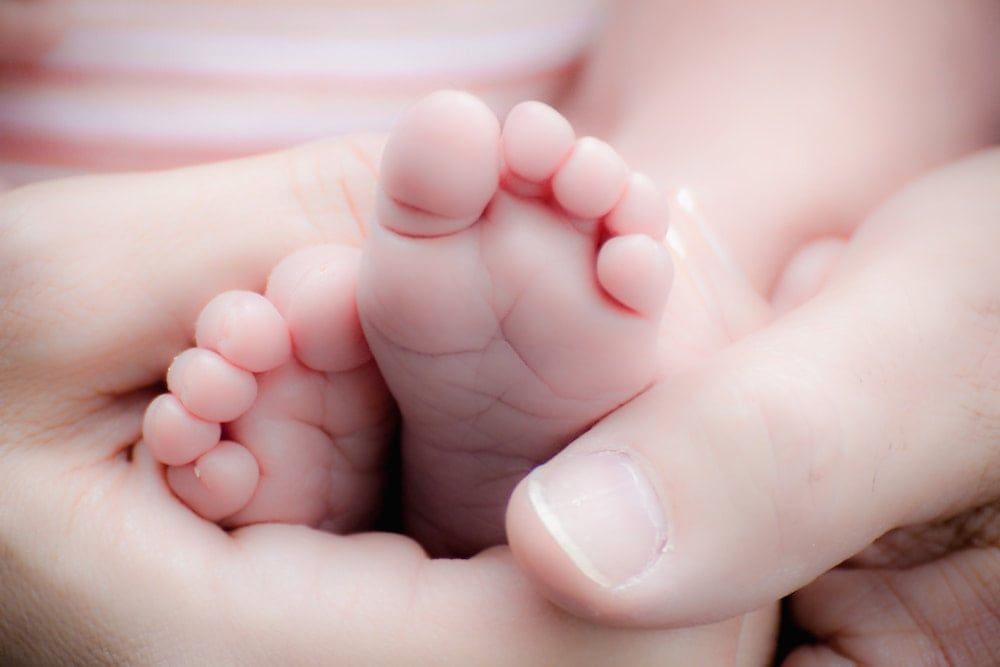
Babies can identify a bully before they can talk properly, say scientists.
They know the difference between respect and fear based power by the time are 21 months old, according to new research.
A study of 96 infants found they expected cartoon characters to obey a bully only when she was present.
But with a leader they assumed her order would continue to be followed even in her absence.
Psychologist Professor Renee Baillargeon said the discovery sheds light on how babies make sense of the social world.
She said: “In general, when the leader left the scene, the infants expected the protagonists to continue to obey the leader.
“However, when the bully left, the infants had no particular expectation. The protagonists might continue to obey out of fear, or they might disobey because the bully was gone.
“The infants expected obedience only when the bully remained in the scene and could harm them again if they disobeyed.”
A third experiment tested whether the babies were responding to the likeability of the characters in the scenarios – rather than to their status as leaders or bullies.
Prof Baillargeon, of the University of Illinois at Urbana-Champaign, said: “Finally, when the likeable character left, the infants expected the protagonists to disobey, most likely because the character held no power over them.”
The findings confirm earlier studies showing infants can detect differences in power and expect them to to endure over time.
Prof Baillargeon said: “Our results also provide evidence infants in the second year of life can already distinguish between leaders and bullies.
“Infants understand that with leaders, you have to obey them even when they are not around. With bullies, though, you have to obey them only when they are around.”
The study published in Proceedings of the National Academy of Sciences followed the eyes of the infant participants as they viewed a series of animations.
These included interactions between three protagonists and a character depicted either as a leader or a bully.
Eye-gazing behaviour is a standard approach for measuring expectations in children too young to explain their thinking to adults.
It relies on the observation babies stare longer at events that contradict their expectations.
Previous studies have shown infants can recognise power differences between two or more characters.
Prof Baillargeon said: “For example infants will stare longer at scenarios where larger characters defer to smaller ones.
“They also take note when a character who normally wins a confrontation with another suddenly loses.
“But little was known about infants’ ability to distinguish between different bases of power.”
So she developed animations showing cartoon characters and an individual portrayed as a leader, a bully or a likeable person with no evident power.
She first tested how adults – undergraduate students at the university – responded to the scenarios and found they identified the characters as intended.
Next, she measured the eye-gazing of the infants as they watched the same animations.
Prof Baillargeon said: “In one experiment, the infants watched a scenario in which a character portrayed either as a leader or a bully gave an order – ‘Time for bed’ – to three protagonists, who initially obeyed.
“The character then left the scene and the protagonists either continued to obey or disobeyed.”
The leader hit the ground with a stick as they played ball in a field so they handed the ball over and returned to the house and stayed inside even after she went away.
But the bully used the stick to hit them over the head and snatched the ball away instead of asking.
Prof Baillargeon said: “We examined whether 21-month-old infants could distinguish between two broad types of social power.
“Respect-based power exerted by a leader who might be an authority figure with legitimate power, a prestigious individual with merited power, or some combination
there of and fear-based power exerted by a bully.”
Infants first saw three protagonists interact with a character who was either a leader
or a bully and gave an order.
They initially obeyed and the character then left. The protagonists either continued to obey or no longer did so.
Prof Baillargeon explained: “Infants in the leader condition looked significantly longer at the disobey than at the obey event, suggesting they expected the protagonists to continue to obey the leader in her absence.
“In contrast, infants in the bully condition looked equally at the two events, suggesting that they viewed both outcomes as plausible.
“The protagonists might continue to obey the absent bully to prevent further harm, or they might disobey her because her power over them weakened in her absence.
“Additional results supported these interpretations. Infants expected obedience when the bully remained in the scene and could harm the protagonists if defied.
“But they expected disobedience when the order was given by a character with little or no power over the protagonists.
“Together, these results indicate that by 21 months of age, infants already hold different expectations for subordinates’ responses to individuals with respect-based as opposed to fear-based power.”
https://www.thelondoneconomic.com/lifestyle/babies-who-quickly-pile-on-pounds-in-first-three-years-at-risk-of-serious-illness/02/09/